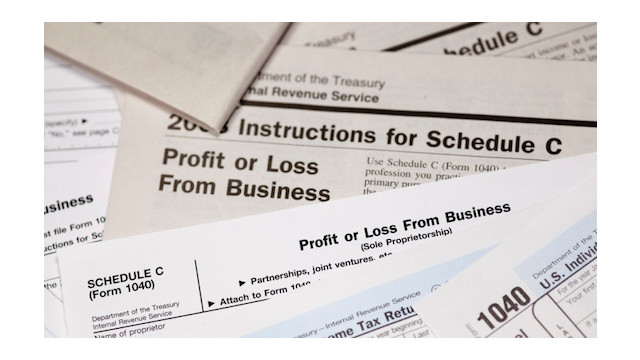IRS Gives Tax Relief to Drought-Stricken Farmers and Ranchers
The relief generally applies to capital gains realized by eligible farmers and ranchers on sales of livestock held for draft, dairy or breeding purposes. Sales of other livestock, such as those raised for slaughter or held for ...
Sep. 22, 2020

Farmers and ranchers who were forced to sell livestock due to drought may have an additional year to replace the livestock and defer tax on any gains from the forced sales, according to the Internal Revenue Service.
To qualify for relief, the farm or ranch must be in an applicable region. This is a county or other jurisdiction designated as eligible for federal assistance plus counties contiguous to it. Notice 2020-74, posted today on IRS.gov, lists applicable regions in 46 states, the District of Columbia and four U.S. territories.
The relief generally applies to capital gains realized by eligible farmers and ranchers on sales of livestock held for draft, dairy or breeding purposes. Sales of other livestock, such as those raised for slaughter or held for sporting purposes, or poultry, are not eligible.
To qualify, the sales must be solely due to drought, flooding or other severe weather causing the region to be designated as eligible for federal assistance. Livestock generally must be replaced within a four-year period, instead of the usual two-year period. The IRS is also authorized to further extend this replacement period if the drought continues.
The one-year extension, announced in the notice, gives eligible farmers and ranchers until the end of the tax year after the first drought-free year to replace the sold livestock. Details, including an example of how this provision works, can be found in Notice 2006-82, available on IRS.gov.
The IRS provides this extension to farms and ranches located in the applicable region that qualified for the four-year replacement period if any county that is included in the applicable region is listed as suffering exceptional, extreme or severe drought conditions during any week between Sept. 1, 2019, and Aug. 31, 2020. This determination is made by the National Drought Mitigation Center. All or part of 46 states, plus the District of Columbia and four U.S. territories are listed in the notice.
As a result, qualified farmers and ranchers whose drought-sale replacement period was scheduled to expire at the end of this tax year, Dec. 31, 2020, in most cases, now have until the end of their next tax year. Because the normal drought-sale replacement period is four years, this extension immediately impacts drought sales that occurred during 2016. The replacement periods for some drought sales before 2016 are also affected due to previous drought-related extensions affecting some of these localities.
More information on reporting drought sales and other farm-related tax issues can be found in Publication 225, Farmer’s Tax Guide, available on IRS.gov.
